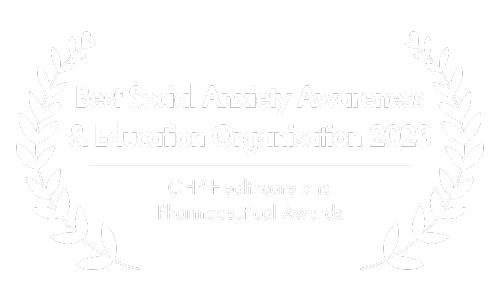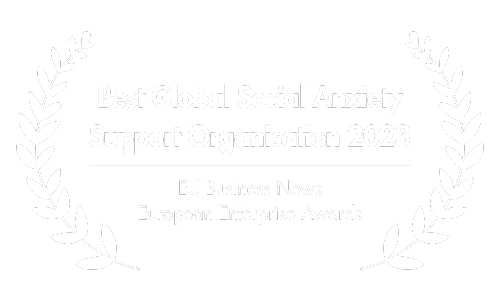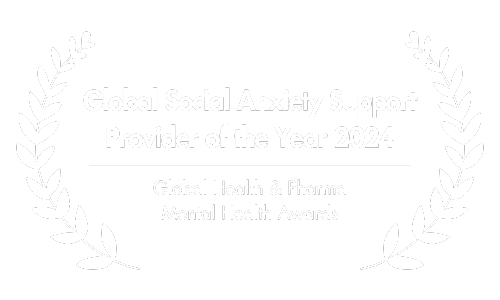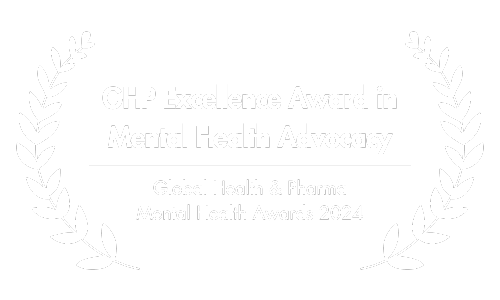Fear of Laughing in Inappropriate Moments: A Helpful Guide
Laughter, often called the best medicine, can sometimes turn into a perplexing dilemma when it finds its way into moments deemed unsuitable or serious.
The fear of laughing in inappropriate moments is a remarkably common yet seldom discussed experience, casting a shadow of worry over social interactions, solemn ceremonies, and crucial conversations.

Inappropriate laughter can be baffling, leaving one to question why their body reacts contrary to what the situation warrants.
It’s an involuntary response that can stem from a myriad of emotional undercurrents – from nervousness to misplaced relief.
The fear of such laughter isn’t merely about the act itself but encompasses the anticipation of embarrassment, the potential for misunderstanding, and the distress of feeling out of control.

This article delves deep into the heart of the fear of laughing at the wrong times, exploring its causes, impacts, and, most importantly, the ways in which one can navigate these turbulent waters.
While it is related to broader discussions of social anxiety, our focus here is squarely on understanding this specific fear and providing practical advice to lessen its hold on your life.
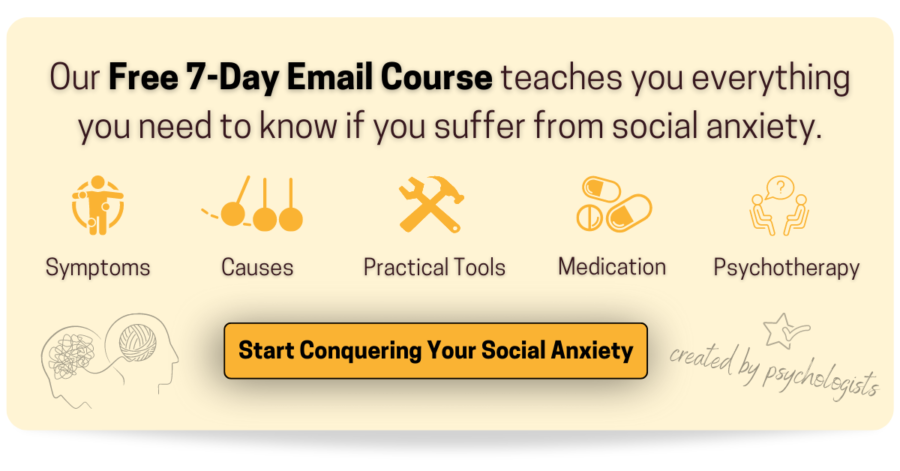
A. Understanding the Fear of Laughing in Inappropriate Moments
At first glance, laughter seems like a natural, joyful response to humor or happiness.
However, for those experiencing the fear of laughing in inappropriate moments, it represents a complex interplay of emotions and reactions that are anything but straightforward.
This fear is not just about the act of laughing when it’s least expected; it’s deeply rooted in the anxiety of social judgment, the embarrassment of breaking social norms, and the distress that comes from feeling out of step with one’s surroundings.
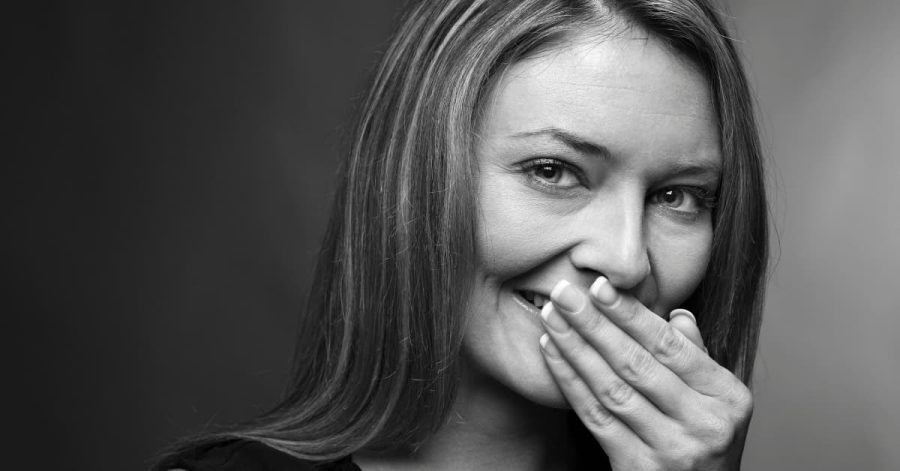
The Nature of Inappropriate Laughter
Inappropriate laughter can occur in a range of settings — during a solemn ceremony, in the quiet of a library, or amidst a serious conversation.
It might be triggered by nervousness, stress, or even when the brain misinterprets social cues. Understanding that this laughter is often an involuntary physiological response is crucial.
It’s not a conscious choice to disrupt or disrespect, but rather an automatic reaction that the person has little control over at the moment.

Why It Happens: A Closer Look
Nervous System Responses
In high-stress or anxiety-inducing situations, the body’s nervous system is on high alert, preparing to respond to what it perceives as a threat.
This heightened state can lead to unexpected physiological reactions, including inappropriate laughter. This reaction is part of the body’s complex way of managing stress.
Laughter, in this context, can be an involuntary release of nervous energy, helping to diffuse tension. However, it may occur at moments when laughter is socially considered inappropriate, leading to embarrassment or confusion.

Emotional Dissonance
Emotional dissonance occurs when there’s a mismatch between what we feel internally and the emotions we believe we should be displaying in a given context.
In some cases, laughter acts as a coping mechanism to navigate this dissonance. For instance, during a solemn occasion, the internal discomfort caused by sadness or empathy might be too intense to express directly.
Laughter then serves as an unexpected outlet for these pent-up emotions, a release valve that can alleviate emotional overload temporarily, albeit in a socially awkward manner.

Social Anxiety
For individuals with social anxiety, the fear of negative judgment or making mistakes in social situations is a constant concern (American Psychiatric Association, 2013).
This anxiety can amplify the body’s stress response, making it more susceptible to involuntary reactions like inappropriate laughter.
The anticipation of being evaluated negatively by others can trigger a nervous laugh as an automatic, albeit misplaced, attempt to ease tension or connect with others.
Unfortunately, this reaction often exacerbates the fear of judgment, as the individual worries about the social implications of their laughter.
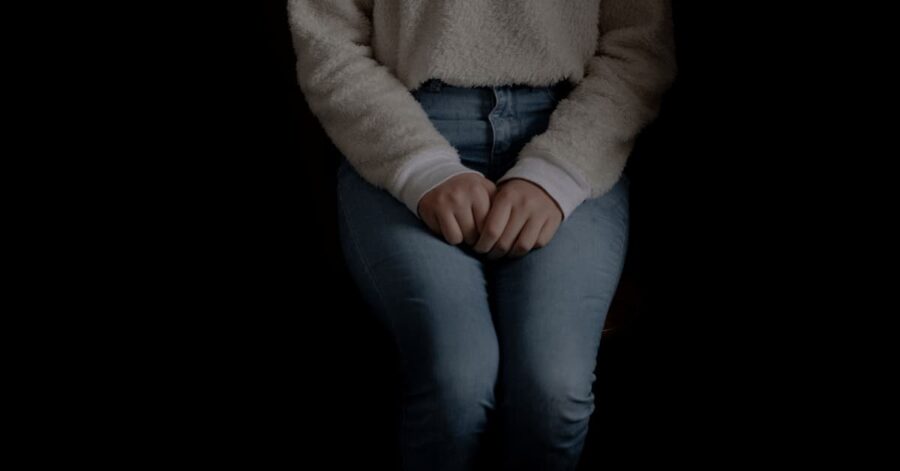
Impact on Individuals
The consequences of inappropriate laughter extend beyond the moment.
They can lead to feelings of shame, isolation, and a heightened fear of social situations, reinforcing the cycle of anxiety.
It may also affect one’s self-esteem and how they perceive their ability to navigate social interactions effectively.
Recognizing that inappropriate laughter is a common experience for many provides a foundation for exploring strategies to manage and mitigate its impact.
The next steps involve not just coping mechanisms but fostering a deeper understanding and acceptance of oneself.
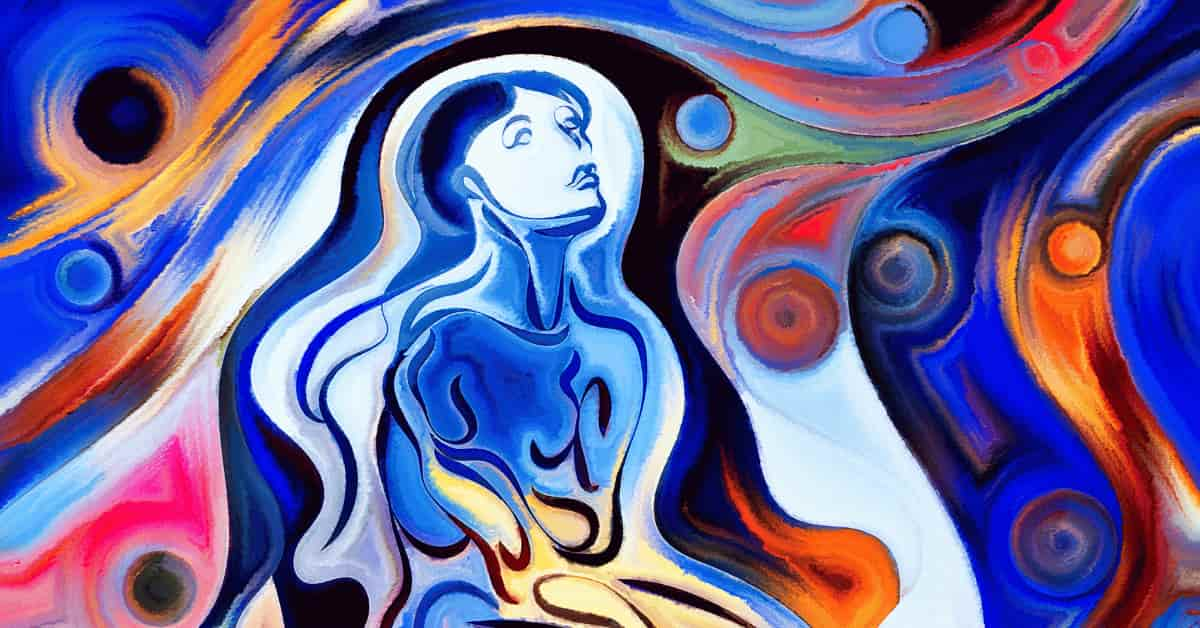
B. Illustrative Examples of Inappropriate Laughter
Inappropriate laughter doesn’t discriminate in its timing or setting, manifesting in a variety of everyday scenarios that can leave those affected feeling awkward or misunderstood.
The unpredictability of such reactions can be perplexing, not just for the person experiencing them but also for those around them.
Here are a few instances where this phenomenon might unexpectedly take center stage, reflecting the diverse circumstances under which individuals might grapple with this challenge.
During solemn occasions, such as funerals or memorial services, where the atmosphere is charged with grief and respect, a nervous giggle might slip out from someone in attendance.
This misplaced laughter isn’t a sign of disrespect but rather an involuntary response to stress or overwhelming emotions, leading to discomfort and anxiety over social judgments.

In the professional realm, important meetings often carry an air of seriousness and tension.
Amidst the critical discussions, an unintentional pun or a light-hearted comment could trigger laughter in someone who then struggles to suppress it, worried about appearing unprofessional or dismissive of the meeting’s significance.
Quiet public spaces, like libraries or lecture halls, demand a certain level of decorum and silence. Here, an individual might find themselves laughing silently at a random thought or a discreet remark, despite the expectation of quiet.
Such instances can exacerbate feelings of embarrassment and the fear of disturbing the peace, making public spaces more daunting.
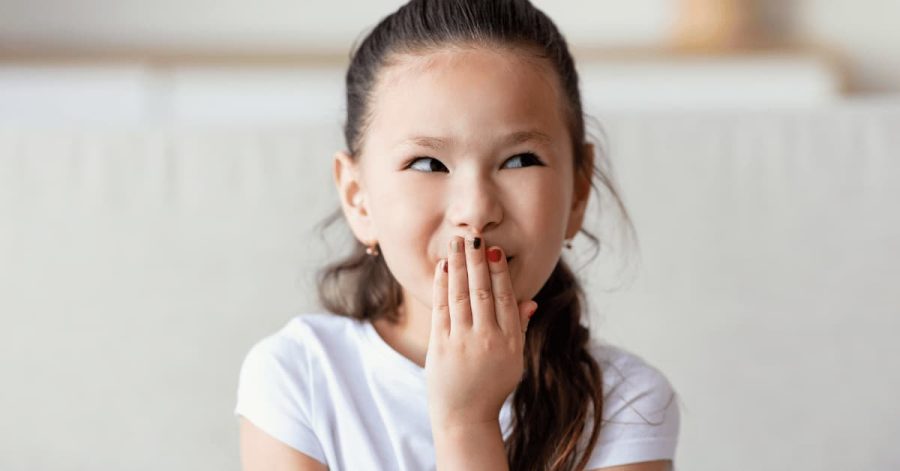
A particularly intense manifestation of this issue is the ‘laughing attack,’ where an individual experiences an uncontrollable burst of laughter without any apparent trigger.
These episodes can occur in settings where calm and composure are expected, leaving the individual feeling exposed and vulnerable to misunderstanding and judgment.
These examples highlight the breadth of situations where inappropriate laughter can surface, underscoring the complexity of managing such responses.
While the circumstances vary, the common thread is the emotional and social discomfort these moments generate, pointing to the need for understanding and strategies to navigate these challenges.

C. Strategies for Managing the Fear of Laughing in Inappropriate Moments
In the immediate aftermath of laughing inappropriately, handling the situation with grace can make all the difference. Here’s how to navigate these moments effectively:
Practical Advice for After Laughing Inappropriately
- Brief Acknowledgment: If your laughter was noticeable and in a context where it was clearly out of place, a brief acknowledgment can go a long way. A simple, “I’m sorry, I didn’t mean to interrupt,” can show awareness and respect for the situation or conversation.
- No Over-Explaining: While it might be tempting to offer a lengthy explanation for your laughter, often a short and sincere acknowledgment is more effective. Over-explaining can sometimes prolong the moment and increase awkwardness for everyone involved.
- Use Humor Wisely: Depending on the context and your relationship with the people involved, a light-hearted comment about your reaction can help to diffuse tension. For example, “Well, I guess we all needed a little laugh,” can put people at ease. However, gauge the situation carefully; humor is not appropriate in all settings, especially more formal or somber ones.
- Redirect the Conversation: After a brief acknowledgment, try to guide the conversation back to its original course. This helps to move the focus away from the laughter and back to the matter at hand, showing that you’re engaged and interested in the ongoing discussion or activity.
- Offer a Brief Explanation if Necessary: In cases where your laughter might have caused significant confusion or concern, offering a concise explanation can be helpful. Something along the lines of, “I sometimes react unexpectedly when I’m nervous,” can provide enough context to clarify your reaction without dwelling on it.
- Apologize Privately if Appropriate: If your laughter affected someone directly, especially in a sensitive situation, consider apologizing privately to them. A personal apology can convey your sincerity and respect for their feelings, potentially strengthening your relationship.
- Learn and Adjust: Reflect on the situation later to understand what triggered your laughter. This introspection can be a valuable part of managing similar reactions in the future. Use the strategies outlined earlier (mindfulness, acceptance, meditation, and possibly therapy) to work on managing your reactions in various situations.

Long-Term Strategies for the Fear of Laughing Inappropriately
For lasting change and greater control over the fear of inappropriate laughter, incorporating the following long-term strategies into your daily life can be transformative:
Mindfulness Practice for Enhanced Awareness
- Objective: Develop a refined awareness of the psychological and physiological precursors that precede involuntary laughter.
- Technique: Engage in consistent mindfulness practices, such as mindful breathing and body scan exercises, to cultivate a deeper attunement to bodily sensations and emotional states. This enhanced awareness facilitates early detection of the precursors to nervous laughter, providing a window for intervention before the response fully manifests.

Meditation for Improved Attentional Control
- Objective: Strengthen attentional regulation to better manage focus during situations that may trigger inappropriate laughter.
- Technique: Regular meditation practice, focusing on the breath or a chosen mantra, to enhance the ability to sustain and direct attention. As proficiency in attentional control increases, individuals can more effectively redirect their focus away from potential triggers, applying this skill to manage and diffuse the urge to laugh inappropriately.
Adopting Acceptance Toward Laughter
- Objective: Reframe involuntary laughter as a natural, albeit at times inconvenient, human response rather than a source of embarrassment or shame.
- Technique: Utilize acceptance-based techniques, encouraging individuals to practice self-compassion and to acknowledge moments of awkwardness without self-judgment. This shift in perspective aims to mitigate the paradoxical increase in anxiety and fear that often accompanies resistance to involuntary laughter.

Professional Therapy for Underlying Anxiety and Laughter Control
- Objective: Address the deeper psychological underpinnings of anxiety and involuntary laughter through specialized therapeutic interventions.
- Technique: Engagement in cognitive-behavioral therapy (CBT) or acceptance and commitment therapy (ACT) with a qualified mental health professional. These therapeutic approaches offer personalized strategies to identify and alter maladaptive thought patterns and behaviors contributing to the fear of inappropriate laughter, fostering healthier coping mechanisms and emotional resilience.

D. Conclusion: Embracing Your Journey with Compassion
In navigating the nuances of involuntary laughter, incorporating both immediate practical tips and broader, long-term strategies offers a comprehensive approach to managing this aspect of social anxiety.
As you apply these techniques, remember that each step, no matter how small, is a part of your journey towards greater self-understanding and acceptance.
You’re not alone in this challenge, and every effort you make is a stride towards more confident and comfortable social interactions.
If you suspect that you’re experiencing social anxiety in other aspects of your life, we encourage you to explore our guide on the symptoms of social anxiety by clicking here. It offers insights that can help you determine whether you might be dealing with this condition.

American Psychiatric Association. (2013). Diagnostic and statistical manual of mental disorders (5th ed.). Washington, DC: Author.

About the Author: Martin Stork
Martin is a professional psychologist with a background in physical therapy. He has organized and led various support groups for people with social anxiety in Washington, DC and Buenos Aires, Argentina. He is the founder of Conquer Social Anxiety Ltd, where he operates as a writer, therapist and director. You can click here to find out more about Martin.







